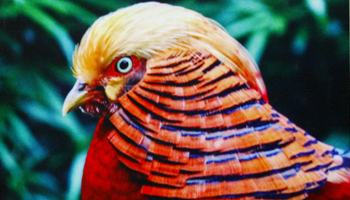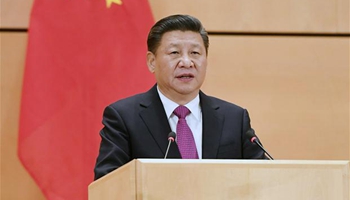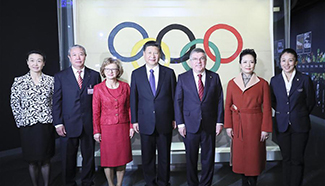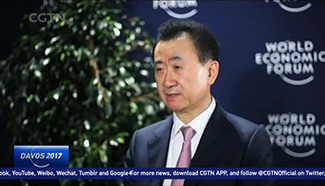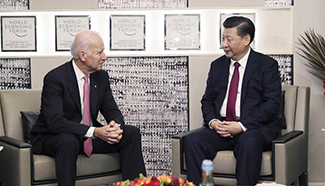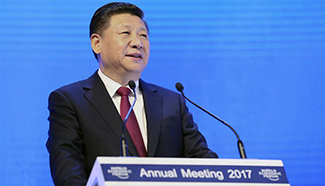PHOENIX, the UNITED STATES, Jan. 18 (Xinhua) -- "I only read about the Silk Road in books, and I can not imagine that the culture exchanges along the road is so vivid and interesting," Per Schelde, a volunteer working in the Musical Instrument Museum (MIM) here told Xinhua on Wednesday.
"Exchange of goods and ideas along the Silk Road included musical instruments. The Chinese Pipa and the European lute both evolved out of early versions of the Middle Eastern oud, carried by traders along the routes," the instruction for a musical instrument at the MIM in the southwest U.S. state of Arizona explains.
More than 100 musical players from China, India, Iran, Afghanistan and Pakistan showed off their talents last weekend at the MIM, the world's largest museum dedicated to musical instruments. A performance included the Chinese musical intrusments of Pipa, Guzheng, Erhu and Chinese flute.
During the concert by the Phoenix Chinese Arts Ensemble, the artists introduced traditional Chinese musical instruments to the audience in addition to performing Chinese folk music.
All the instruments in the show, titled "Experience of the Silk Road", could be seen on display at the MIM, which houses over 15,000 musical instruments from nearly 200 countries around the world.
Schelde, a music lover who works at the MIM every weekend, had an opportunity to see the instruments played for the first time. "I like the show so much."
"We organized this event to promote the mutual understanding of the different cultures along the Silk Road, and to promote awareness of the Silk Road to our local people," said Jessica Davis, the organizer of the event from MIM.
Oais Essar, an Afghanistan rebab player, performed several pieces of Indian music during the show with Joseph Xu, a Chinese flute player.
"I have been in Phoenix for 15 years, and played rebab all my life. This is the first time I played rebab with a Chinese bamboo flute. It works perfectly, and I've made a lot of Chinese friends during the preparation of this show," said Essar.
"This show is really enjoyable and educational," said Davis.
At the entrance to the museum, there is a large display of the origins of Chinese musical instrument -- the Pipa. The motto of the museum is carved on the ceiling of the museum in different languages. It reads, "Music is the language of the soul."






